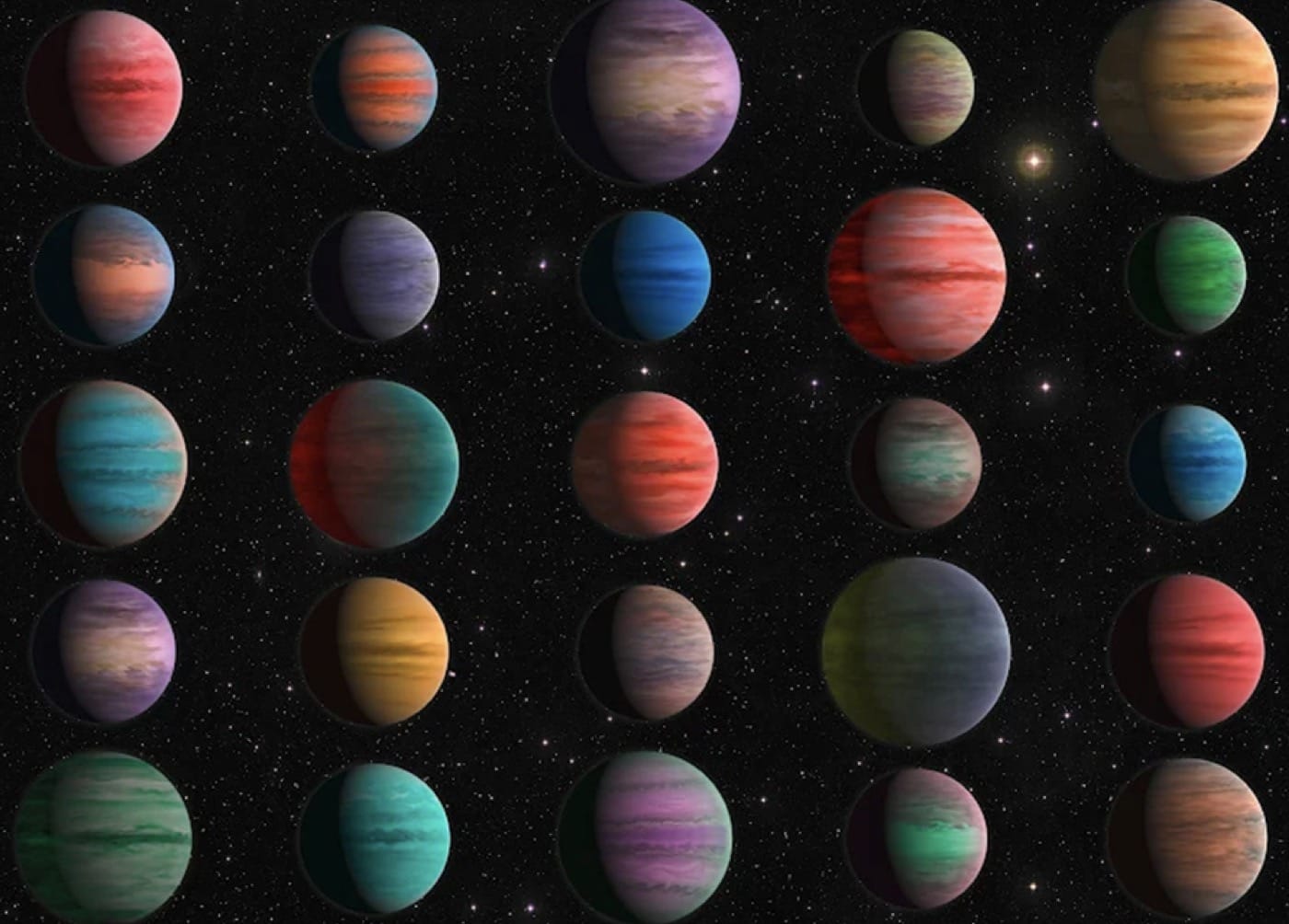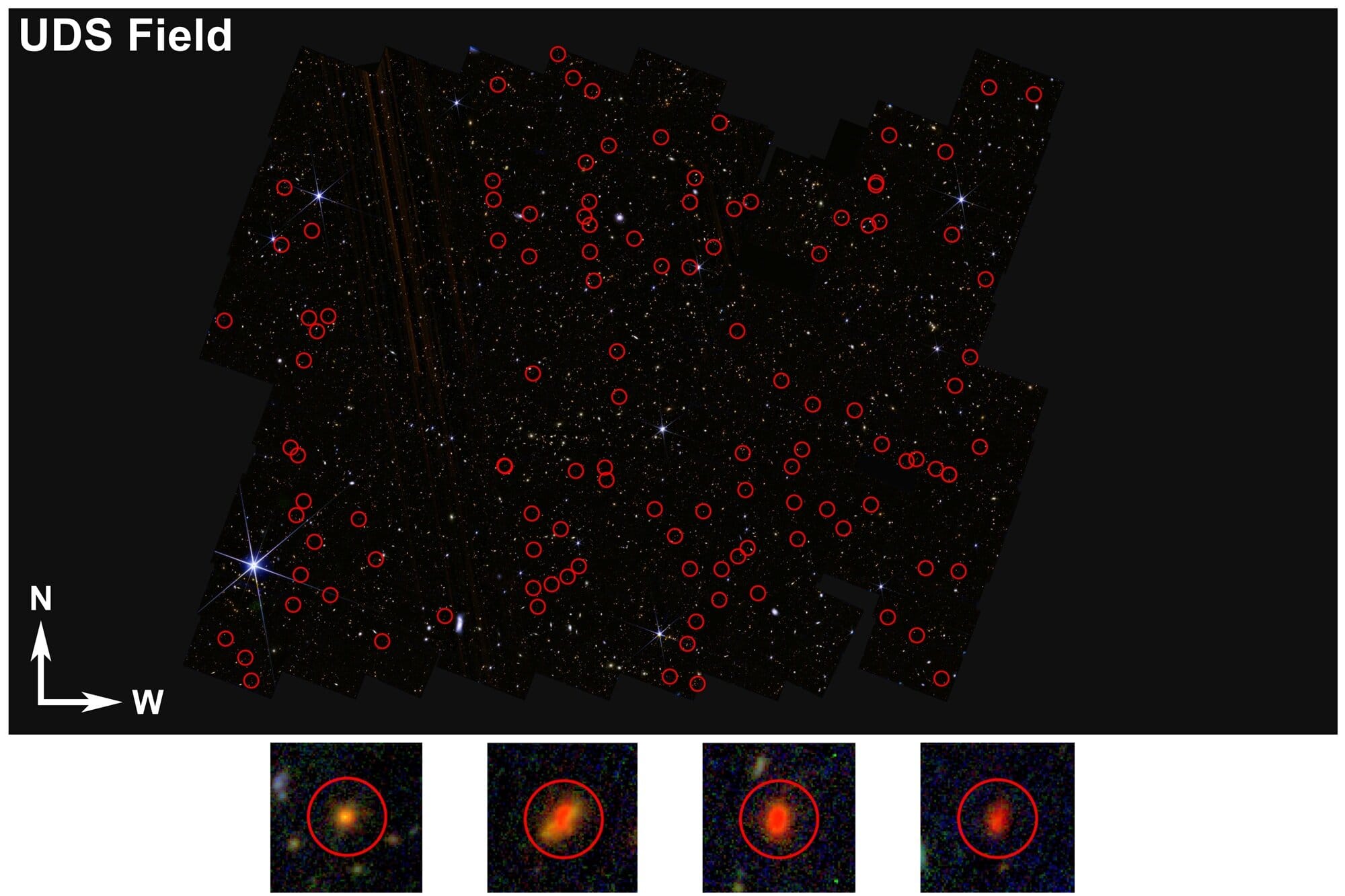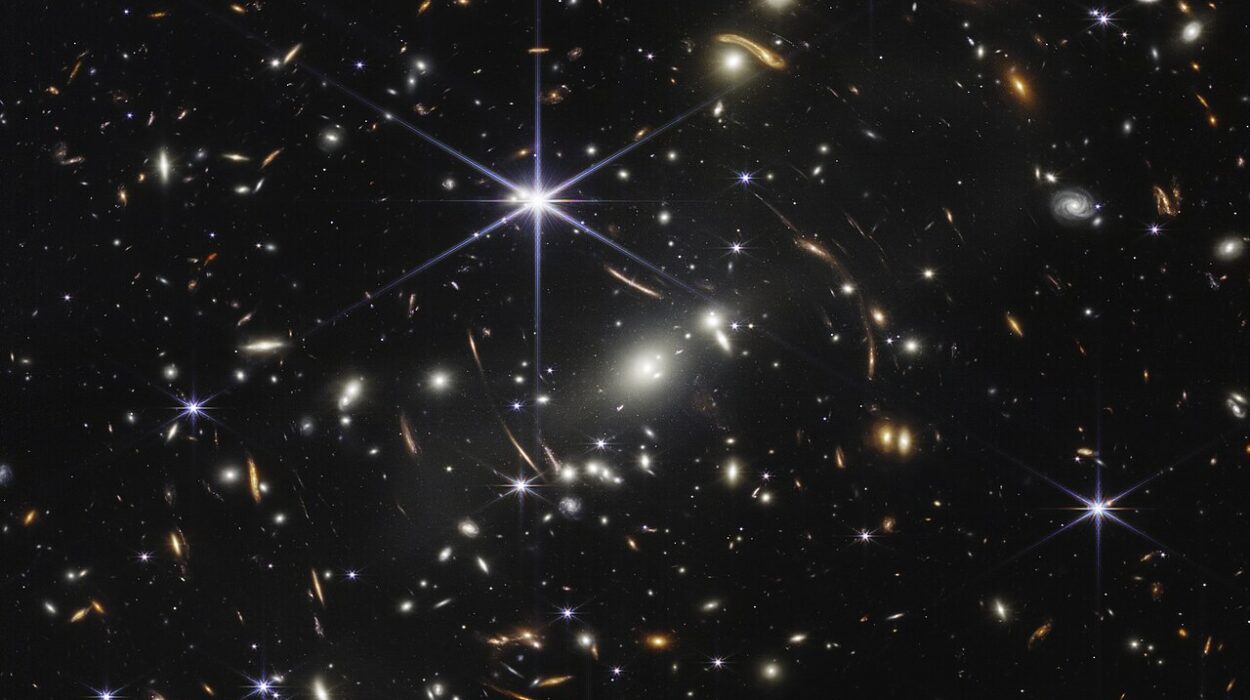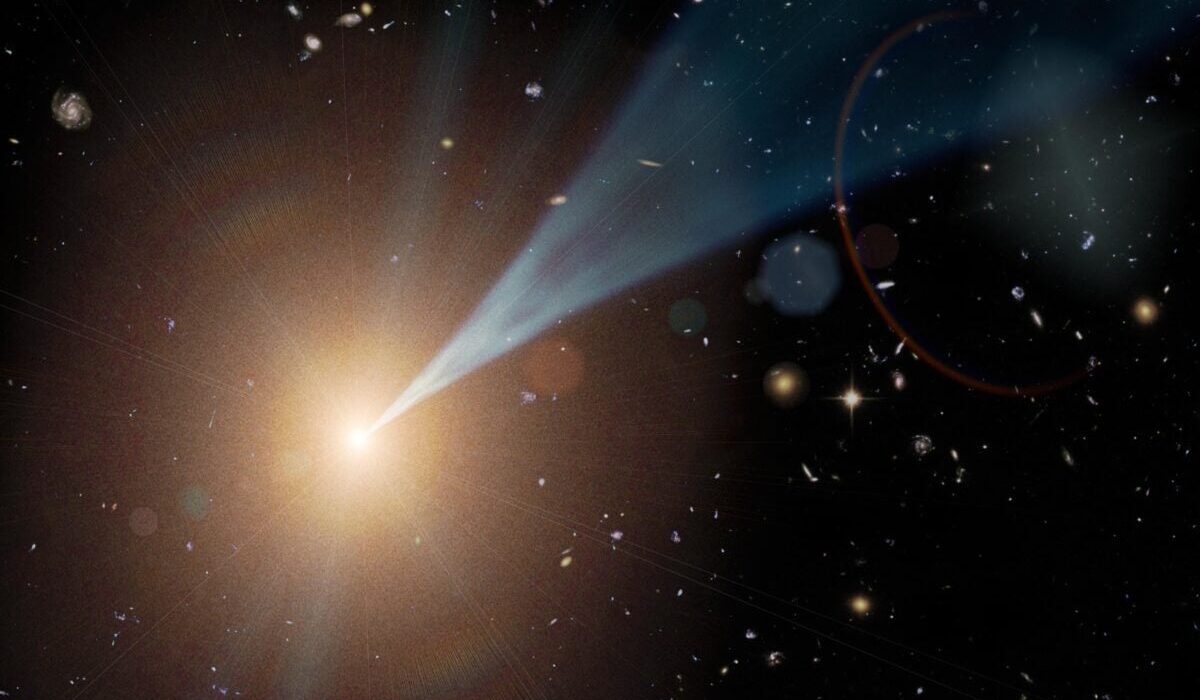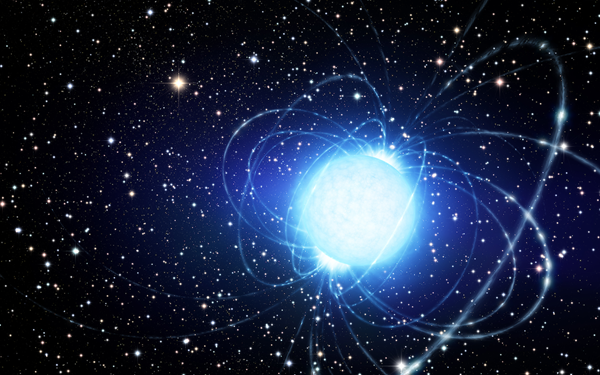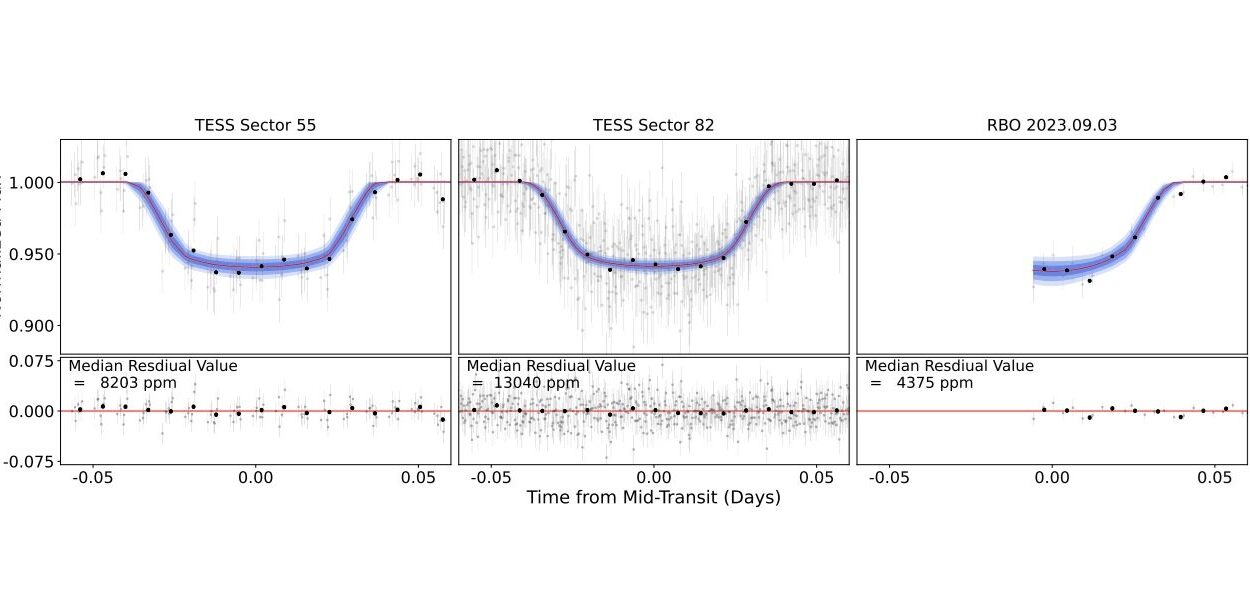On a still, ancient night long before telescopes, before electricity, even before civilization learned to write, someone looked up at the stars and asked a quiet question: Are we alone? That question, flickering in the minds of countless generations, carried with it a deeper curiosity: Do other worlds like ours exist? For centuries, it remained speculation—fuel for philosophers, dreamers, poets, and mystics.
Then, in the late 20th century, science caught up with imagination. In 1992, astronomers officially confirmed the first known exoplanets—planets orbiting stars beyond our Sun. Today, that ancient question no longer floats unanswered in the night sky. It crackles with data, numbers, and pictures transmitted from spacecraft, ground observatories, and orbiting telescopes. The universe, it turns out, is not only rich with planets. It is teeming with them.
But what exactly is an exoplanet? How do we find them, and what kinds are out there? Let’s take a journey through deep time and deeper space to uncover the story of exoplanets—from distant dots of light to entire new worlds.
What is an Exoplanet?
An exoplanet, or extrasolar planet, is any planet that orbits a star outside our Solar System. It might be as small as Mercury or as massive as Jupiter. It could be scorched by its star’s fiery breath or wrapped in perpetual ice. Some might drift alone through space without a star at all—ghost worlds unlit by any sun.
At their core, exoplanets are planetary bodies bound by gravity to a star (or sometimes two, or more). Unlike stars, they don’t shine by fusion; they reflect the light of their suns. Many exoplanets are hard to detect directly because of their faint glow and the blinding brilliance of the stars they orbit.
Until the 1990s, we had no proof they even existed. Today, we know of over 5,000 confirmed exoplanets, and thousands more candidates await verification. And each one is a potential window into a new kind of physics, chemistry, geology—and perhaps, biology.
A Universe of Missed Chances
The idea of other worlds is ancient. Greek philosopher Epicurus, writing in 300 BCE, imagined “infinite worlds both like and unlike this world of ours.” In the 16th century, Giordano Bruno declared that stars were distant suns surrounded by planets—an idea so radical that it contributed to his execution.
But the centuries that followed were silent. Even with Galileo’s telescope in 1610 and the discovery of planets within our own Solar System, the skies revealed no exoplanets. The problem was not the absence of planets, but the limitations of our instruments. Stars are billions of times brighter than the tiny worlds circling them. Trying to see a planet next to a star is like trying to spot a firefly beside a lighthouse from 10,000 kilometers away.
Astronomers were left to speculate. Theories came and went. Instruments improved, yet no world beyond Neptune offered confirmation. The silence stretched—until the 1990s.
The First Breakthroughs
The silence ended not with a bang but a pulsar. In 1992, radio astronomers Aleksander Wolszczan and Dale Frail announced the discovery of planets orbiting PSR B1257+12, a rapidly rotating neutron star left behind after a supernova. These were not ordinary planets—they orbited a stellar corpse and had likely formed from debris. But they were undeniably there, detected through slight variations in the timing of the pulsar’s precise radio pulses.
Just three years later, the real floodgates opened. In 1995, Michel Mayor and Didier Queloz of the University of Geneva announced the discovery of 51 Pegasi b, the first confirmed exoplanet orbiting a sun-like star. It was shocking: a “hot Jupiter” orbiting impossibly close to its star, completing a full revolution every four days. This wasn’t a copy of our Solar System—it was something alien. And it changed everything.
Astronomers now realized that the architecture of our Solar System might be the exception, not the rule.
How Do We Find Exoplanets?
Finding exoplanets is among the greatest technical challenges in astronomy. It’s not like discovering a new moon or galaxy. Planets don’t shine; they hide. And yet, we’ve become astonishingly good at finding them.
The first and most prolific method is transit photometry. Imagine watching a star’s light dim just slightly every few days, like a moth crossing a flashlight beam. That’s what happens when a planet passes in front of its host star from our point of view. The Kepler Space Telescope, launched in 2009, used this technique to monitor over 150,000 stars and discovered more than 2,600 confirmed exoplanets.
Another method, radial velocity (or Doppler spectroscopy), detects the subtle wobble of a star caused by the gravitational pull of orbiting planets. As the star moves toward or away from Earth, its light shifts in wavelength—like the changing pitch of a passing siren.
There’s also direct imaging, in which astronomers block out a star’s light using coronagraphs or specialized optics to try to spot faint planetary reflections nearby. It’s rare but growing more successful with next-generation telescopes.
More recent tools like gravitational microlensing, astrometry, and transit timing variations add even more ways to find planets. Each technique brings its own challenges and strengths, but together they allow us to probe planetary systems across vast distances.
The Exoplanet Zoo
If the Solar System were a recipe, the rest of the galaxy clearly didn’t follow it. The worlds we’ve discovered are wildly diverse—many with no counterparts in our familiar eight-planet family.
There are hot Jupiters, massive gas giants orbiting incredibly close to their stars, sometimes so near that their upper atmospheres are boiling off into space. Others are super-Earths, rocky planets bigger than Earth but smaller than Neptune—common in the galaxy, yet absent from our Solar System.
Then come mini-Neptunes, planets with thick atmospheres, likely covered in supercritical oceans or ice. There are lava worlds where temperatures melt rock into seas, ice giants wrapped in methane clouds, and even rogue planets, not bound to any star, wandering the interstellar dark.
One of the most tantalizing categories is the Earth-like planet—a rocky world orbiting in the so-called habitable zone where liquid water might exist. These are the worlds that whisper of life, and the search for them is one of the greatest scientific quests of our time.
The Goldilocks Zone and the Search for Life
Not too hot. Not too cold. Just right. That’s the essence of the habitable zone, the orbital region around a star where conditions might support liquid water. Earth sits squarely in the Sun’s habitable zone, which is why life—as we know it—flourishes here.
Many exoplanets discovered by Kepler and TESS (Transiting Exoplanet Survey Satellite) orbit within their stars’ habitable zones. But habitability is more than just distance. It depends on atmosphere, magnetic fields, geology, even planetary tilt.
Some promising finds include Kepler-186f, an Earth-sized planet in its star’s habitable zone; Proxima Centauri b, the nearest known exoplanet orbiting the star closest to our Sun; and TRAPPIST-1, a system with seven Earth-sized planets, at least three of which could harbor liquid water.
Astronomers are now developing tools to analyze exoplanet atmospheres, looking for biosignatures—gases like oxygen, methane, and carbon dioxide that might indicate biological activity. The James Webb Space Telescope, launched in late 2021, is a critical part of this search. It can examine starlight filtered through planetary atmospheres to detect chemical fingerprints.
If one day we find a planet with signs of life—whether microbial or multicellular—it would be one of the most profound discoveries in human history.
Planet Formation: Chaos and Creation
Exoplanets are not just destinations. They are laboratories of formation, evolution, and destruction. Most form in swirling protoplanetary disks—vast, rotating clouds of gas and dust encircling young stars. Within these disks, dust particles collide and stick, growing into rocks, then planetesimals, then full-fledged planets.
But the process is chaotic. Giant planets can migrate inward, scattering other planets like billiard balls. Stars can steal planets from one another in dense star clusters. Planets can be ripped apart by tidal forces or ejected into the void.
Studying exoplanets gives us insights into our own origins. It helps answer questions like: Why is Earth the way it is? Why is Mars dry? What happened to Venus? Every new planetary system is a cosmic experiment with different initial conditions.
The Instruments of Discovery
The journey into the realm of exoplanets has been driven by extraordinary instruments. The Kepler Space Telescope changed the game by discovering that planets are common. The James Webb Space Telescope offers unprecedented sensitivity to detect atmospheric chemistry.
Ground-based observatories like the Very Large Telescope (VLT) in Chile and space missions like TESS continue the search. The upcoming PLATO and ARIEL missions from the European Space Agency will further deepen our understanding of exoplanetary systems and their atmospheres.
Each of these tools builds on the dreams of those who first wondered if we were alone.
Philosophical Horizons
Exoplanets don’t just expand our catalog of celestial objects. They stretch the boundaries of our philosophy. They challenge the anthropocentric view that Earth is unique, that life is a singular event, that the cosmos is empty and cold.
When we look at an exoplanet, we are peering into a cosmic mirror. We see what might have been—worlds of eternal storm, of seething oceans, of crushing gravity and searing light. We also see what might still be: new homes for life, new futures for exploration, new answers to ancient questions.
Astronomer Carl Sagan once said that “the cosmos is within us. We are made of star-stuff.” Exoplanets remind us that star-stuff does not stay still. It orbits, dances, and perhaps even dreams.
The Road Ahead
As of now, we know of thousands of exoplanets. But there are hundreds of billions more awaiting discovery in our galaxy alone. The next few decades will be transformational.
We will map the atmospheres of Earth-like planets. We may detect signs of life—gases out of equilibrium, suggestive of living processes. We may find exotic biochemistries, or even civilizations. Or perhaps the silence will deepen, and we will learn that life is rare, that Earth is an oasis in a cosmic desert.
Either way, we will have learned something essential.
In the end, the search for exoplanets is the search for meaning. It is the voyage of a species that refuses to be confined to one rock, under one sky, around one star. It is the human spirit, flung outward.
